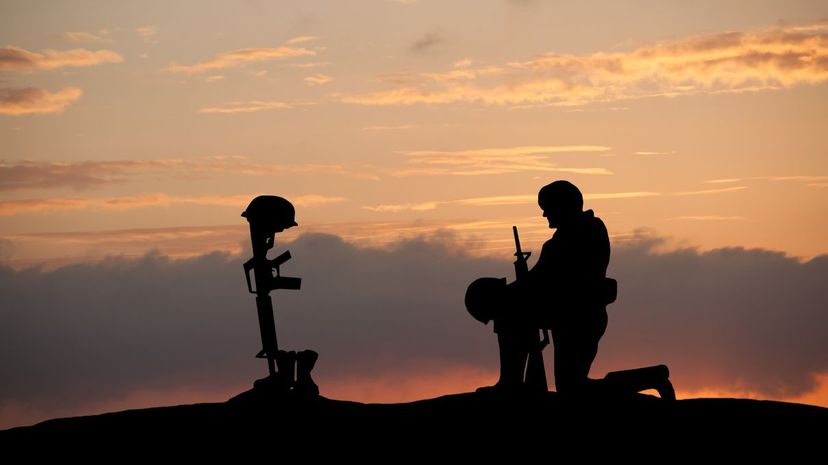
About This Quiz
Canada's military contributions have spanned across two world wars, the Korean War, the Gulf War and a long engagement in Afghanistan. The First World War demonstrated the horrors and losses associated with war — it also exemplified the importance of community and the hope of rebirth felt by Canadians across the nation. Canada's involvement in the Second World War showed the resiliency of its troops, including all of the incredible women and indigenous peoples who offered their knowledge and services to the war effort. Since then, Canadian forces have repeatedly and voluntarily stepped into the roles of soldier, peacekeeper and diplomat (sometimes wearing several hats at the same time.)
From the origins of the poppy and Remembrance Day to the importance of Canada's Nursing Sisters and code talkers, this quiz will test your knowledge of wartime trivia throughout the last century. Focusing on significant battles, awards and honours, heroic endeavours and special operations, you may need to go back to your history textbooks to get through these questions. Then again, if you're a Canadian military buff, you might not! Either way, you'll enjoy learning about the immense contributions (and mistakes) made by Canada's ground forces, air force and navy.
Remembrance Day is all about honouring the hard work and sacrifice done by our troops. Let's put your knowledge to the test and see what you can remember as you work through these questions!

Canadians proudly wear red poppies on Remembrance Day to pay respect to those who lost their lives in conflict. Poppies thrive on tilled, open and gravelly soil (such as the kind left over after heavy shelling.) Poppies were often the first flowers to grow out of the spoiled landscape after major fighting had taken place.
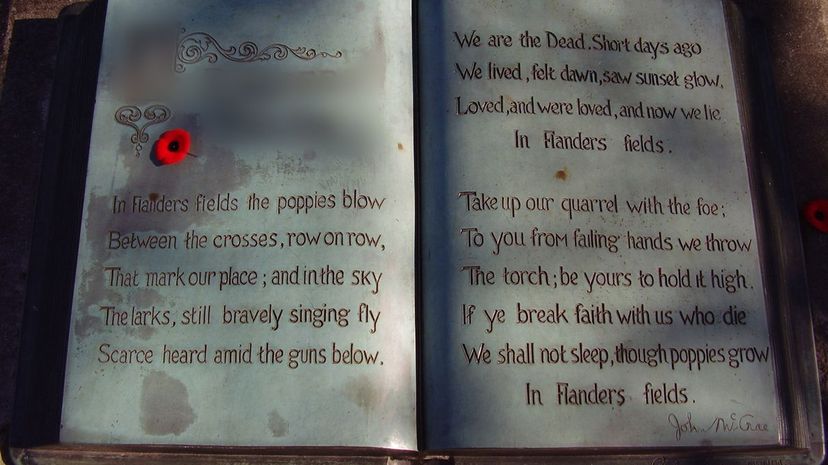
"In Flanders Fields" is an example of a rondeau poem (a type of poetry containing 10 to 13 lines, rhyming couplets and the opening words repeated twice throughout.) It was written by Lieutenant-Colonel John McCrae, a Canadian doctor who composed the piece during the First World War after the death and burial of his friend Lieutenant Alexis Helmer.

In 2004, the Royal Canadian Mint issued a limited number of quarters into circulation which featured a bright red poppy in the centre of the coin. Not only were the coins beautiful, but they were also the very first multi-coloured coin to enter circulation in the entire world (make sure you check your change; these coins are still around!)
Advertisement
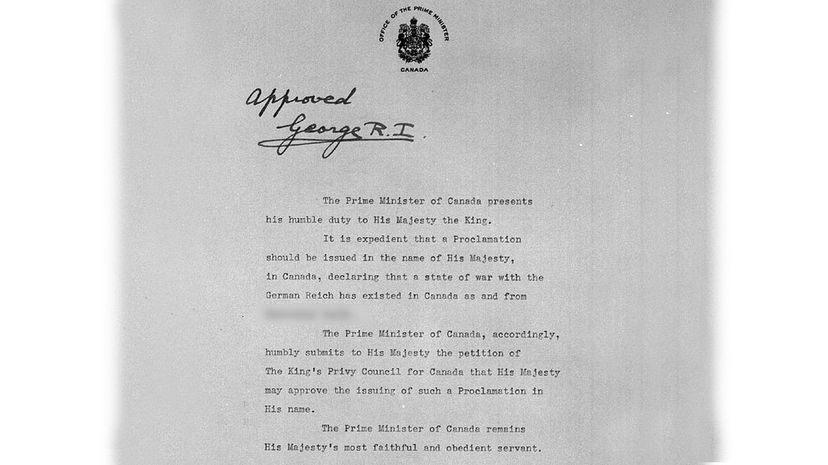
Following in the footsteps of France and England, Canada officially declared war against Germany on September 10, 1939. Acting quickly, Canada had troops in the United Kingdom within two months to give assistance to the British Expeditionary Forces.
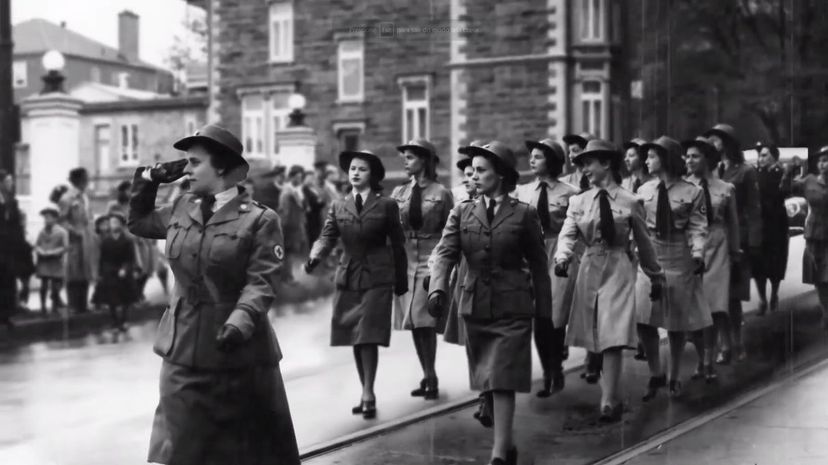
Whether it was the Canadian Women's Army Corps, the Women's Canadian Naval Service, the Women's Division of the Royal Canadian Air Force or the Nursing Sisters, more than 50,000 women signed up to help with the war effort

In 1945, the Royal Canadian Navy was the third-largest navy in the world (outranked in size only by the United States Navy and the Royal Navy.) The RCN's main focus was on anti-submarine warfare and by the end of the war, it had more than 95,000 members and 434 vessels.
Advertisement
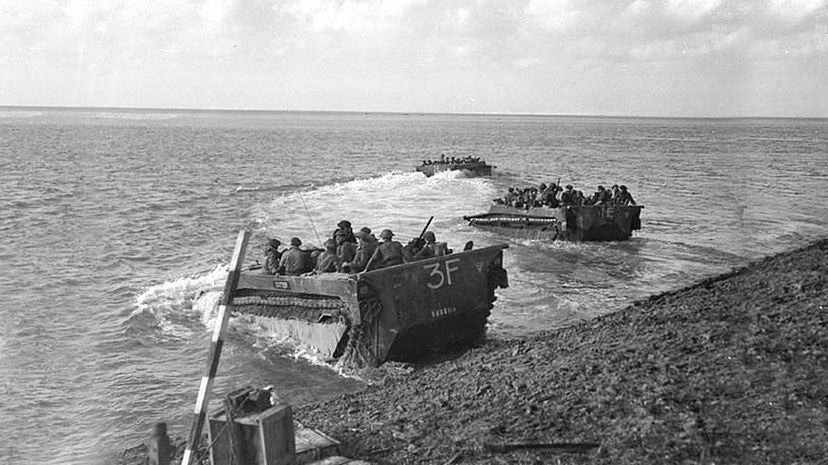
The Scheldt Battle occurred in 1944 when Canadian troops successfully liberated people from the Southern Netherlands and Northern Belgium. The troops were faced with flooded and extremely muddy terrain and as a result, the lives of many soldiers were lost. Despite these unprecedented barriers, the mission was considered a success.
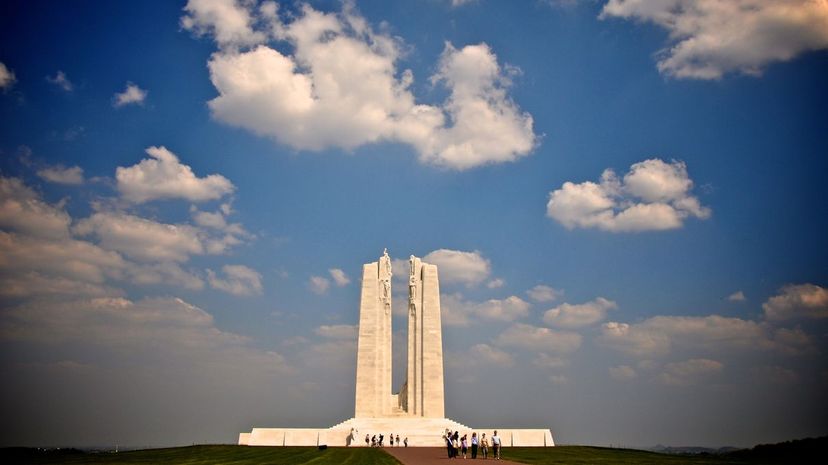
One of Canada's most important war memorials, the Vimy Memorial is located in France and commemorates the Battle of Vimy Ridge where 3,598 Canadians lost their lives. The memorial is also inscribed with the names of 11,285 Canadians who lost their lives fighting in France but who have no known final resting place.
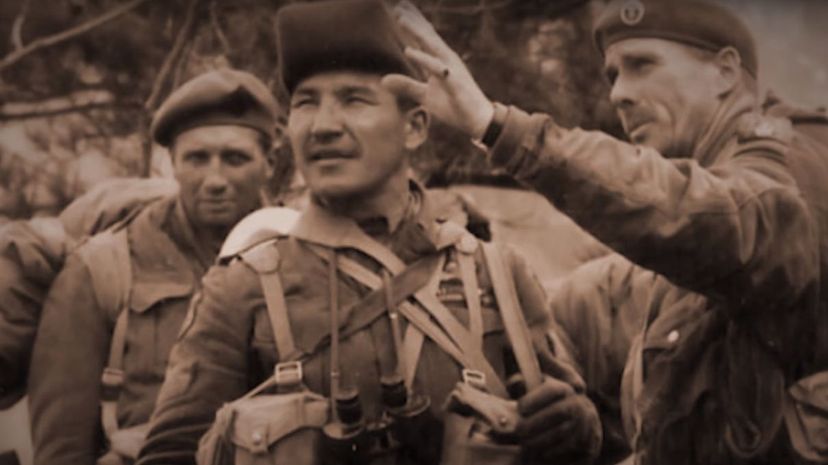
It is estimated that around 4,000 indigenous Canadians (approximately one-third of indigenous peoples aged 18 to 45 at the time) enlisted in the Canadian military during the First World War. At home, indigenous women contributed to the war effort as nurses, factory workers, and fundraisers.
Advertisement
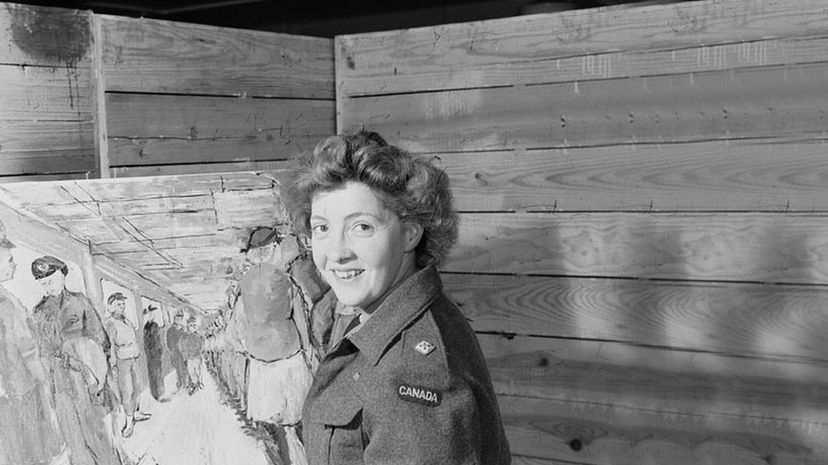
Molly Lamb Bobak was one of Canada's most important war artists during the Second World War. Bobak was the first Canadian woman to go to Europe as an official documentarian of the horrors of war, especially the efforts of the Canadian Women's Army Corps.
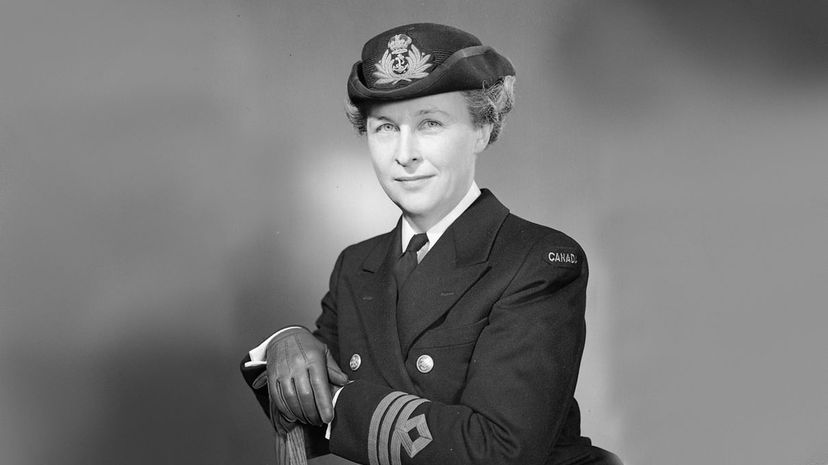
During the Second World War, the Women's Royal Naval Service (acronym WRNS, also known as "Wrens") employed almost 7,000 women between October 1942 and August 1946. The incredible women in the Wrens took on 39 different trades, including cipher duties, switchboard operators and confidential book correctors.
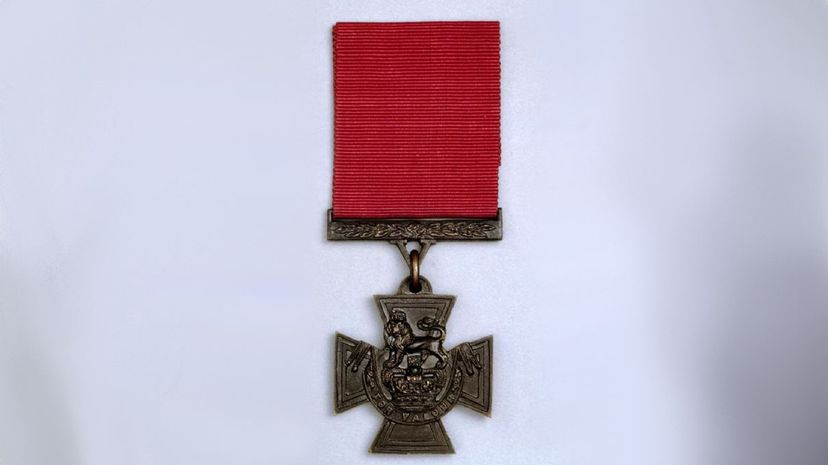
During the First and Second World Wars, the Victoria Cross was the highest award one could receive in the United Kingdom and the rest of the Commonwealth. Since then, Canada has adopted its own Victoria Cross award for valour and bravery.
Advertisement
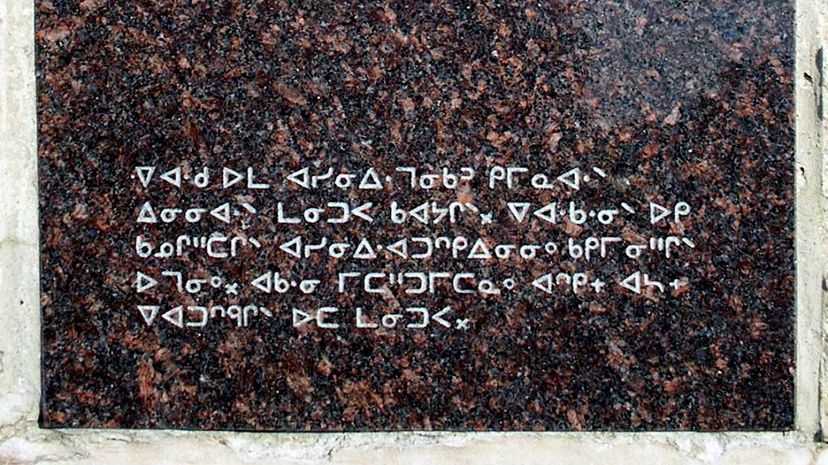
The identity of many Indigenous code talkers from the Second World War remains a mystery to this day. One famous code breaker was named Charles Tomkins; he was a Metis soldier from Alberta and helped the Canadian Air Force by using his knowledge of the Cree language to speak in an unbreakable "code" to other soldiers.
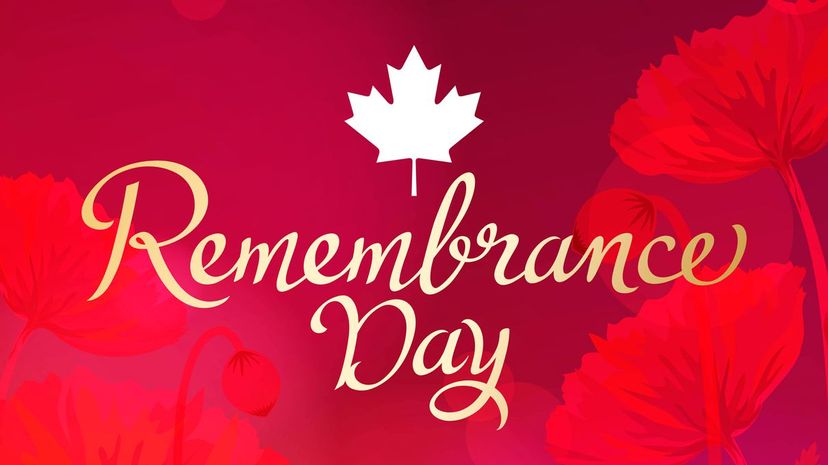
Ottawa, the nation's capital, is home to the national Remembrance Day ceremony every November 11. The observance is held at the National War Memorial with the prime minister, veterans (and representatives of veteran's organizations), diplomats, dignitaries and members of the general public in attendance.
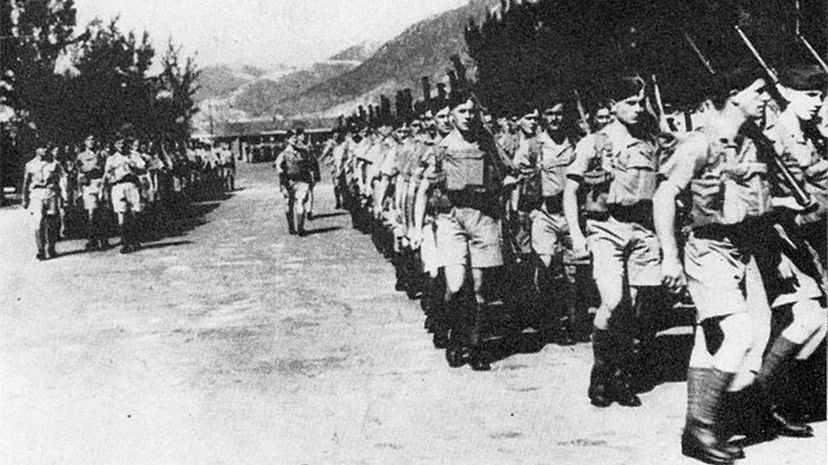
More than 1 million Canadians, Newfoundlanders and indigenous peoples enlisted and served during the Second World War. Out of that number, more than 42,000 men and women lost their lives and 55,000 individuals were wounded in action.
Advertisement
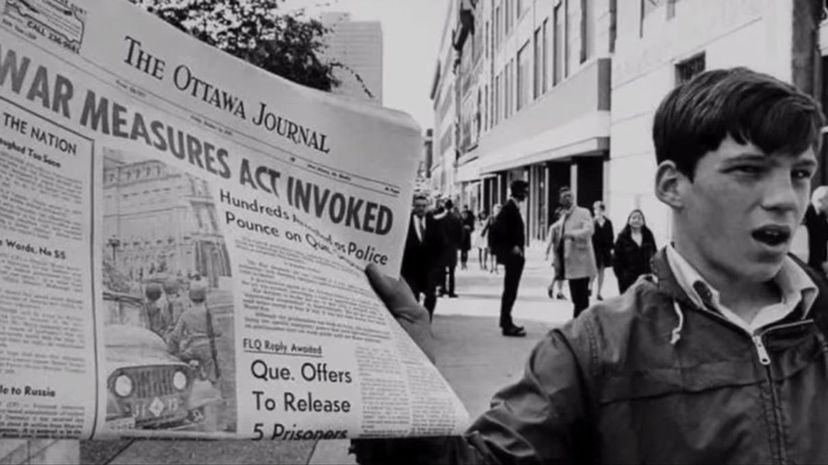
After the First World War began, the Canadian Parliament initiated the War Measures Act on August 22, 1914. A controversial war measure, it gave the Canadian government the right to take away the civil liberties of its people during the First and Second World Wars.
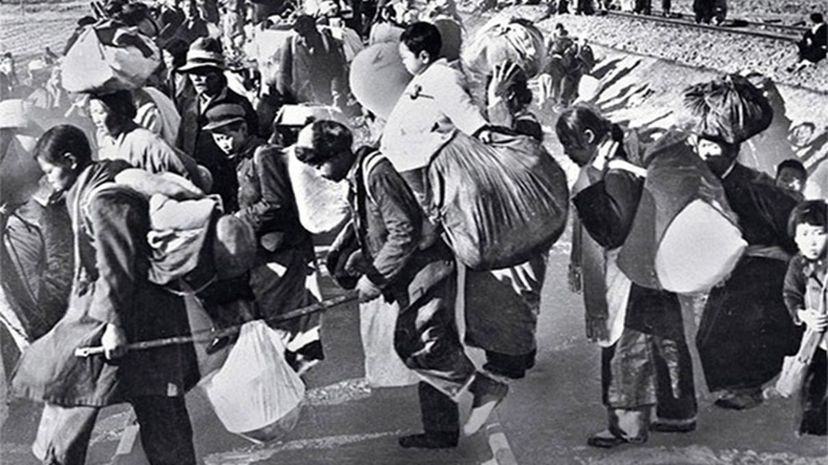
More than 5,000 Canadian women were enrolled in the Canadian military throughout the Korean War. This number includes 60 Nursing Sisters serving in Japan and Korea, and when the conflict was over, they were instrumental in the treatment of prisoners of war.
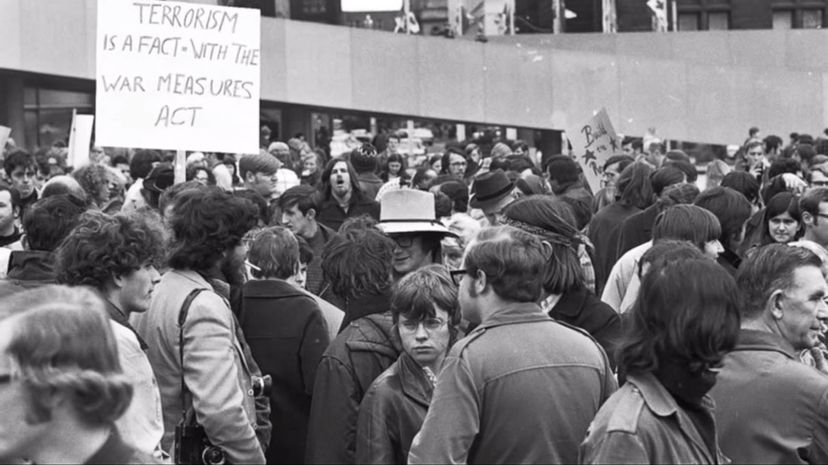
The War Measures Act gave the government full permission to strip away civil liberties of any person deemed an enemy of Canada. The government moved more than 2,000 Japanese Canadians living in British Columbia to internment camps, selling off their family homes and businesses in the process, where they were held until 1948.
Advertisement
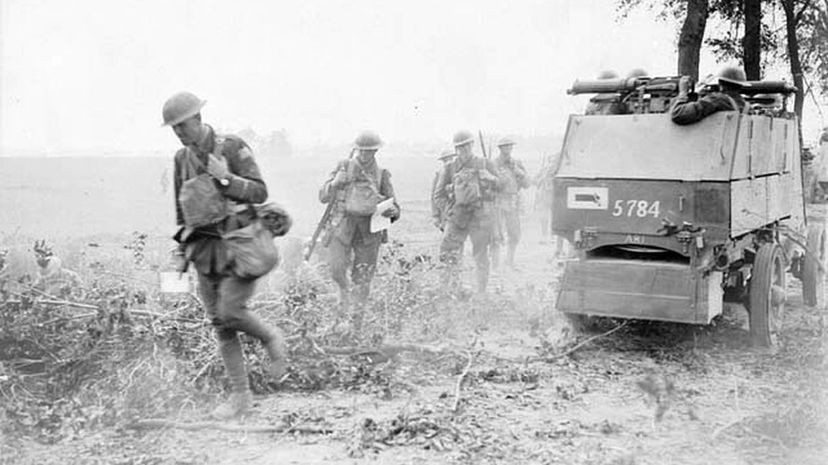
The following battles were fought by Canadian troops during the First World War: Amiens was fought in Amiens, France, in 1918, Passchendaele took place on the Western Front in 1917 and Somme was fought on either side of the River Somme, France, in 1916.
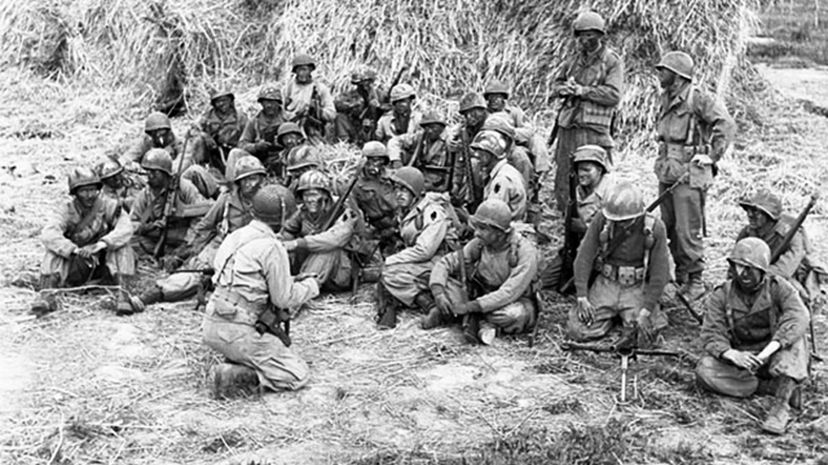
Joining teams with American operatives, the First Special Service Force was an elite commando unit under the command of the United States Army. Forming in 1942 and disbanding in 1944, the group was also referred to as The Black Devils and Freddie's Freighters.
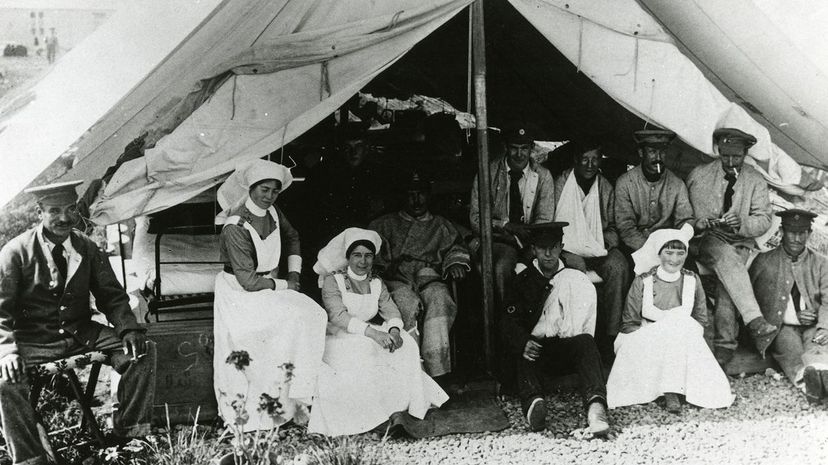
The Nursing Sisters of Canada were a critical part of the war effort, whether they were on home soil or overseas. By 1917, at the end of the First World War, there was a total of 2,030 Canadian nurses — including 1,886 working overseas.
Advertisement
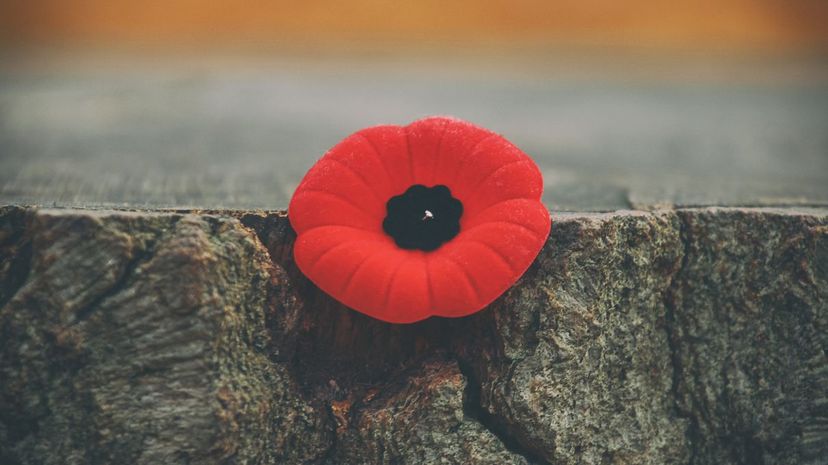
The last Friday in October marks the kickoff of Canada's Poppy Campaign. Plastic poppies on pins are sold by veterans and cadets by donation and many stores and office buildings will have a small box of poppies for sale at the front desk.
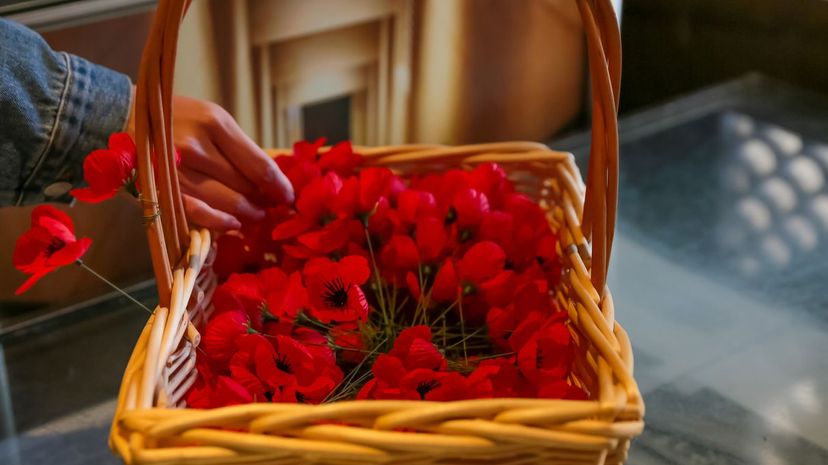
A small percentage of money earned from poppy seeds is paid to the charities who help run the campaign. The remaining proceeds are allocated to veteran support services such as meal delivery, housing accommodation, community centres, emergency shelters and nursing support.
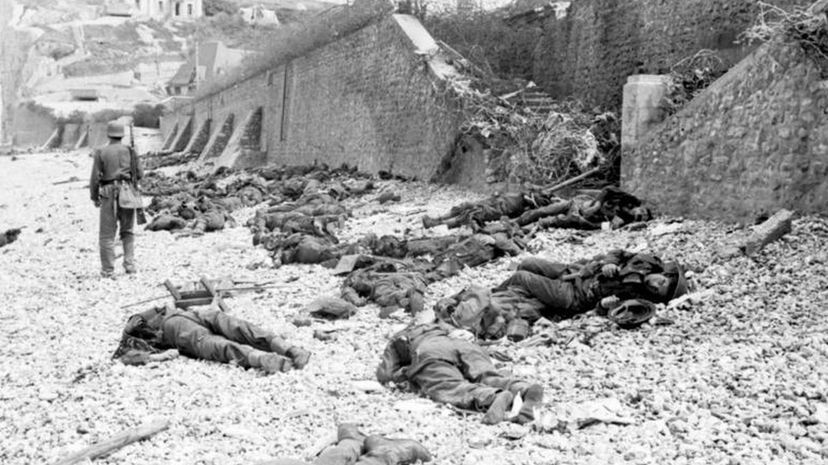
On August 19, 1942, more than 6,000 men — including 5,000 members of the Canadian military — attempted to raid the heavily guarded shoreline of Dieppe, France. The raid was a tragic failure, with more than 916 Canadian fatalities and 1,946 soldiers being taken and held as prisoners of war.
Advertisement
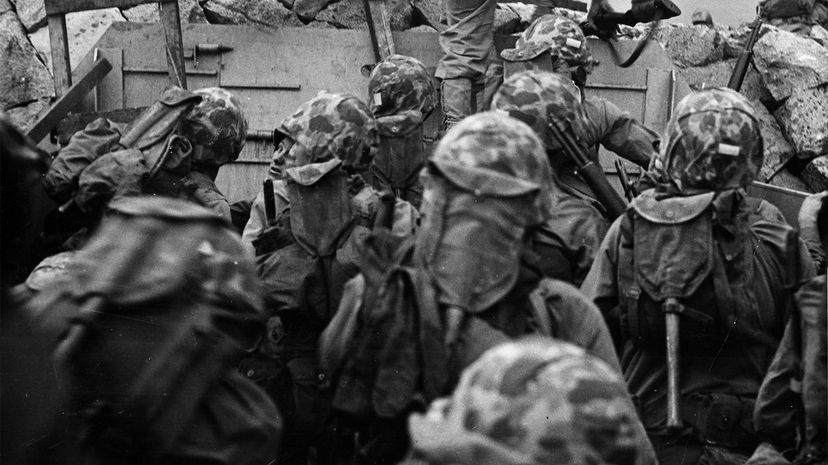
More than 26,000 Canadian military personnel served in the Korean War between 1950 and 1953. By the end of the war, 516 members of the Canadian military had lost their lives. The Canadian military presence in the Korean War included the air force, navy and troops on the ground.

The First Commonwealth Division was the name given to the collection of Commonwealth countries fighting together as of July 1951 in the Korean War. These countries included the United Kingdom, Australia, New Zealand, Canada and India.
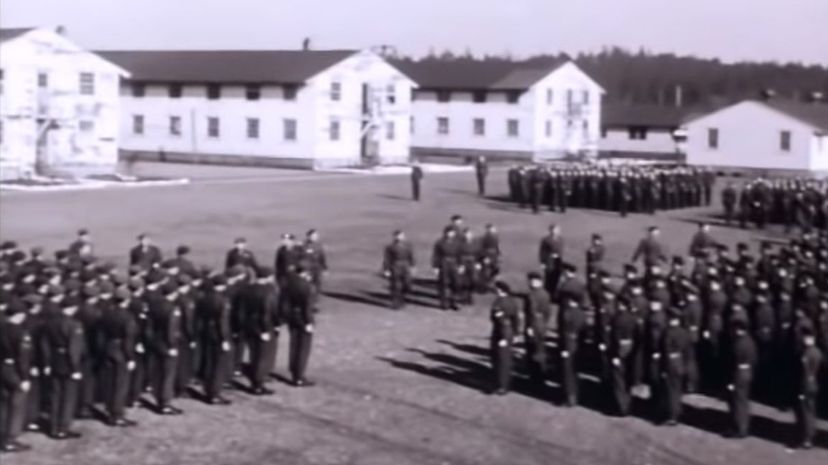
Approximately 7,000 Canadian troops stayed in Korea after a truce was declared in Panmunjom on July 27, 1953. The Canadian troops, with the addition of the Nursing Sisters, stayed in Korea as peacekeepers until 1957.
Advertisement

Run by Veterans Affairs Canada, the Canada Remembers Program seeks to educate Canadians on the achievements and sacrifices made by those who have served in the Canadian military. The Remembrance Day ceremonies performed each year across the country are a prime example of their hard work.
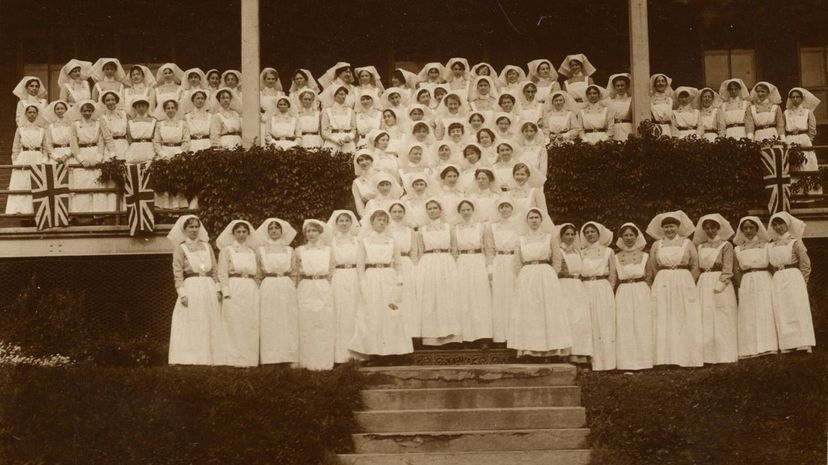
During the Second World War, the Canadian military officially turned its nursing division into three branches: one for the navy, army and the air force. It was also during this time that the troops were officially required to address the nurses as "Ma'am" or "Sister" due to the fact that they were commissioned officers (and rightly so!)
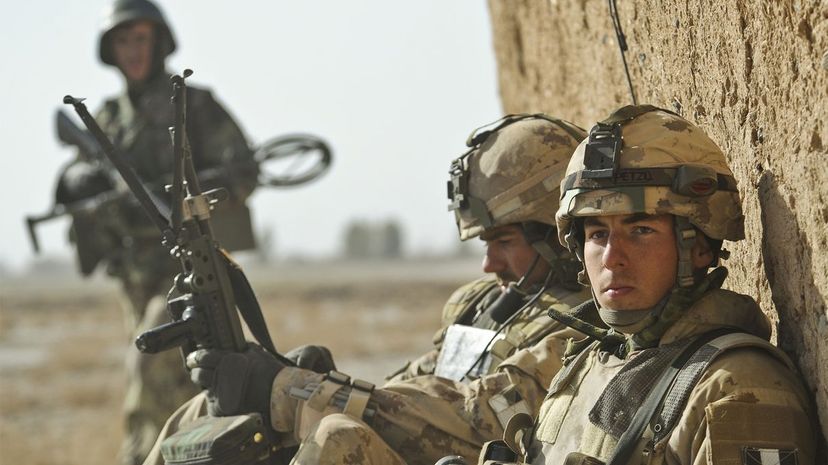
The Canadian military had a strong presence in Afghanistan following the events of 9/11 and up until 2014 (the last year two years were spent gradually withdrawing troops from the mission.) Between 2012 and 2014, Canadian troops trained members of the Afghan National Army and the Afghan National Police.
Advertisement
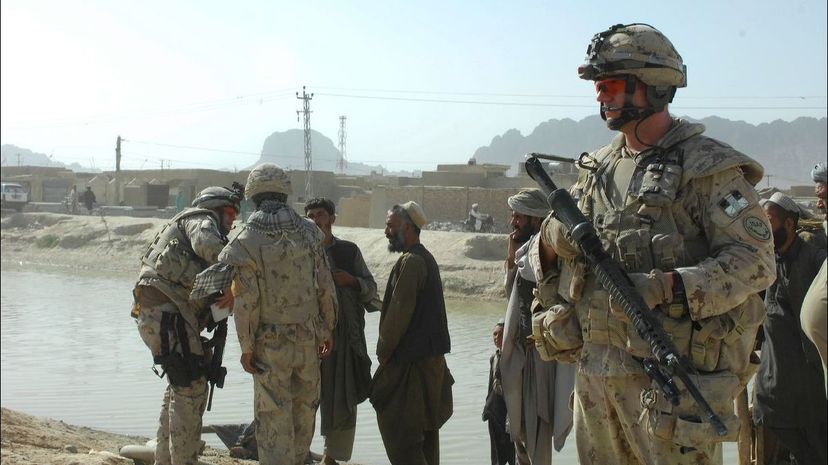
More than 40,000 members of the Canadian Armed Forces served in Afghanistan between 2001 and 2014. A total of 159 Canadian soldiers lost their lives during this time period and seven Canadian civilians were also killed — a journalist, diplomat, contractor and four aid workers.
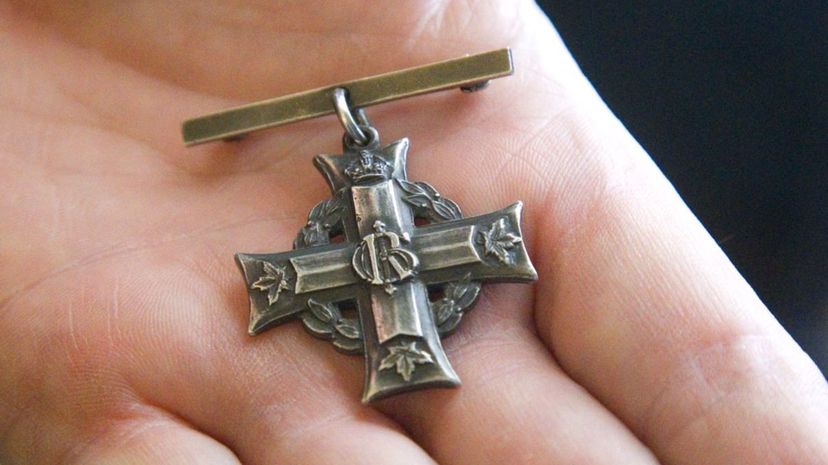
Also called the Silver Cross, the Memorial Cross is bestowed upon a mother, widower, widow or next of kin who has lost a member of their immediate family to military action. This includes people who have died during peacekeeping missions, active service or other international operations.
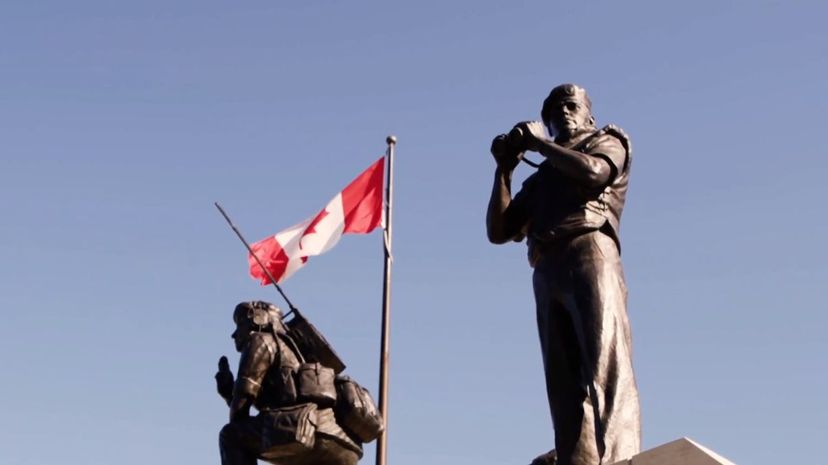
National Peacekeepers' Day falls on August 9 every year in Canada. Established in 2008, the name of the day is based on the tragic deaths of nine Canadian peacekeepers, all of whom were shot down in a plane by Syrian missiles in 1974.
Advertisement
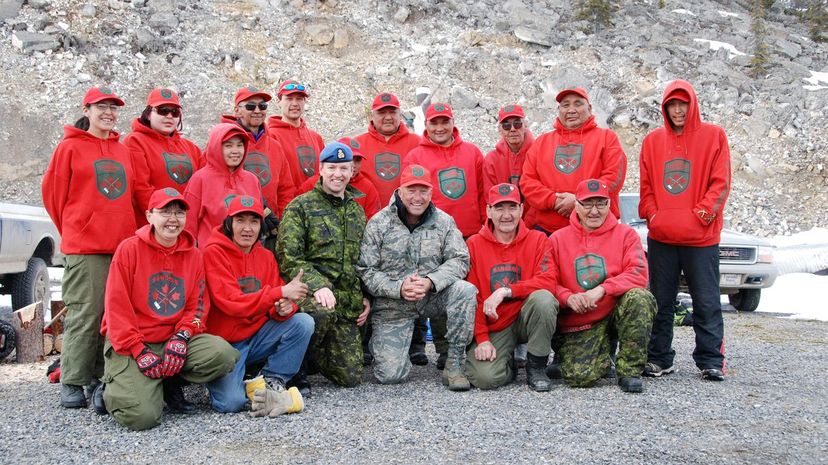
The Canadian Rangers — of which there are about 5,000 — provide a military presence for those living in the northernmost regions of Canada. The Rangers speak a total of 26 languages and dialects, many of which are indigenous languages. Their motto is "Vigilans," which translates to "The Watchers."
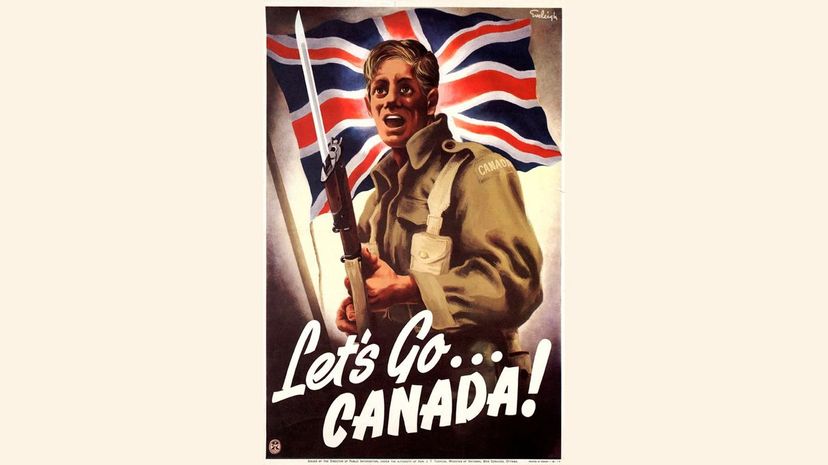
In December of 1941, Canada entered into battle for the first time when defending Hong Kong from the Japanese (Hong Kong was a British Colony at the time). Instead of surrendering, Canadian troops fought until they were either killed or captured by the Japanese.